The Drone Code
A beginners guide to Drones in the UK, The Civil Aviation Authority have created a simple 6 step Drone Code, to help drone users stay safe and legal.
- Always keep your drone in sight – This means you can see and avoid things whilst flying.
- Stay below 400ft (120m) – This reduces the likelihood of conflict with manned aircraft.
- Every time you fly your drone, you must follow the manufacturer’s instructions – Keep your drone, and the people around you, safe.
- Keep the right distance from people and property – 150ft (50m) from people and property, 500ft (150m) from crowds and built up areas.
- You are responsible for each flight – Legal responsibility lies with you. Failure to fly responsibly will lead to criminal prosecution.
- Stay well away from airports, airfields and aircraft – failure to do so could lead to criminal prosecution and a prison sentence of 5 years.
Source: Drone Safe
4 resources every drone pilot needs.
- uavforecast.com – wind, rain and drones are three words you don’t usually hear together. This is a great site for checking the local weather for your flying site. It allows you to enter limits for you and your drone such as wind speed, temperature and GPS signal to determine if it’s suitable for flying. When it comes to wind speed remember to consider your limits as a pilot as well as the drone – they might not be the same!
- skydemonlight.com – you should never fly a drone near an airport or close to aircraft and it is actually a criminal offence to endanger the safety of an aircraft in flight. Skydemon Light is a free online tool that you can use to identify airfields and controlled airspace to avoid. If you need to get in touch with the airfield, use the NATS IAIP (Integrated Aeronautical Information Package) to find airfield contact details.
- gov.uk/low-flying-in-your-area – if you’re planning to fly in an area where low level military aircraft may operate, call the relevant number on this page with information about your flight (locations, heights and time/date) to check there are no conflicts with your activity.
- maps.google.co.uk – There’s nothing worse than turning up to a new site and finding there’s a huge mast – a potential source for interference – in the field next door. Use the Street View feature of Google Maps to check out your flying site before you leave. It’s also an ideal resource to identify congested areas, roads, schools etc. which are all areas that drones shouldn’t be flown near.
Source: nats.aero
Anyone using a small drone needs to be aware of the regulations contained in the Air Navigation Order, specifically:
Article 241 – endangering safety of any person or property
Article 94 – small unmanned aircraft
Article 95 – small unmanned surveillance aircraft
Article 2 and Schedule 1 – Definition of terms
Guidance for keeping your drone flight safe and legal.
Flying drones for fun (non-commercial flights)
Using drones for commercial work
Find a commercial drone operator
When you fly a drone, it’s your legal responsibility to operate it in a safe and responsible manner. The flying of unmanned aircraft, as with manned aircraft, is legislated by the Air Navigation Order, and penalties for breaking the law can carry heavy fines and sentences.
FAQ’s
How big are drones?
Civilian drones vary in size, but most of the drones you will find on this site are about the size of a basketball.
What are the types of drones?
RTF (ready-to-fly)
Drones come ready-to-fly right out of the box. New models require minimal setup time and have small learning curves.
RTL (return-to-launch)
Return-to-launch is a safety function that can be seen on most GPS equipped drones. If your drone is properly setup with RTL functionality, then this usually means that any time the connection breaks between the transmitter and the drone that the aircraft will fly itself home and land. RTL can also be automatically enabled when a drone is running low on battery.
Why are drones becoming so popular?
Today’s computer software and corresponding data-processing hardware have changed everything. Equipped with this new technology, quadcopters can now stabilize using GPS, fly autonomous routes, and stream first-person video back to the user.
Are Drones Hard to Fly?
Good news! Most drones are pretty simple to get the hang of. Usually the more expensive a drone, the more capabilities it comes with, and thus the more complicated it can be to fly.
Aren’t Drones Really Expensive?
Drones are getting cheaper by the day. You can find a recreational drone for nearly any budget. Certain models start at as little as £50 and can range up to £2000. It just depends on what your needs are and what you want to use them for.
Source: dronelifestyle.com
Drone Assist
Drone Assist is the new drone safety app from NATS, the UK’s main air traffic control provider, powered by Altitude Angel. It presents users with an interactive map of airspace used by commercial air traffic so that you can see areas to avoid or in which extreme caution should be exercised, as well as ground hazards that may pose safety, security or privacy risks when you’re out flying your drone.
It also contains a ‘Fly Now’ feature that enables you to share your drone flight location with other app users and the wider drone community, helping to reduce the risk of a drone-related incident in the UK’s airspace.























